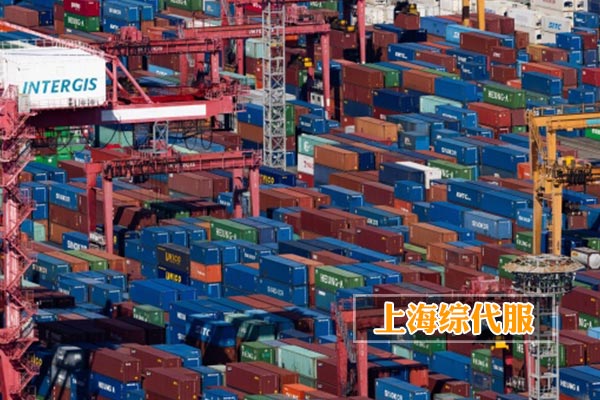
Destination portCustoms clearance: The Last Mile Challenge in Foreign Trade
In the entire foreign trade process, destination port customs clearance is undoubtedly the most critical link. It is not only the last mile for goods to successfully enter the target market, but also an important test of an enterprises compliance and professionalism. This article will provide an in-depth understanding of the customs clearance process, common issues and solutions to help you effectively address this challenge.
Basic Process of Destination Port Customs Clearance
Destination port customs clearance typically includes the following steps:
- Cargo Arrival Notice: After goods arrive at the destination port, the shipping company or freight forwarder will notify the consignee.
- Prepare customs clearance documents: Including commercial invoices, packing lists, bills of lading, certificates of origin, etc.
- Declaration and Review: Submit customs clearance documents to customs for review.
- Pay taxes: Pay corresponding tariffs and VAT based on customs review results.
- Cargo Release: After completing tax payments, customs releases the goods.
Frequently Asked Questions and Solutions
During destination port customs clearance, enterprises often encounter the following issues:
- Document is incomplete or incorrect.: This may cause customs clearance delays or even fines. The solution is to communicate with freight forwarders and customs brokers in advance to ensure all documents are accurate and complete.
- Incorrect tariff calculationCustoms duty calculation errors may lead to additional costs. It is recommended to use professional customs declaration software or consult a professional customs broker.
- Goods inspectionCustoms may randomly inspect goods. Enterprises should ensure that goods packaging and labeling comply with destination country requirements to reduce the risk of inspection.
Case analysis
The following is a real case analysis showing common problems and solutions in destination port customs clearance:
- Case backgroundA Chinese export company shipped a batch of electronic products to the United States. After the goods arrived at the Port of Los Angeles, they were detained by customs due to discrepancies between the commercial invoice description and the actual goods.
- Problem analysisThe goods description on the commercial invoice was too simplistic and failed to accurately reflect the actual contents of the goods.
- The solutionThe company immediately contacted the freight forwarder and customs broker to prepare a detailed commercial invoice and submit it to customs. Ultimately, the goods were successfully released after two days.
Conclusion
Destination port customs clearance is a critical link in foreign trade import and export. Enterprises need to pay high attention and make thorough preparations. By understanding the basic process, common problems, and solutions, enterprises can better meet this challenge and ensure smooth entry of goods into target markets.


 Follow Customer Service WeChat
Follow Customer Service WeChat